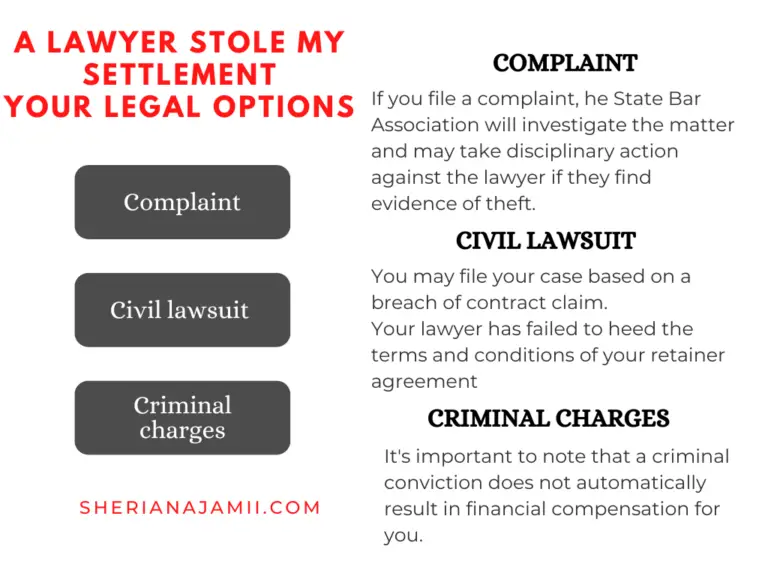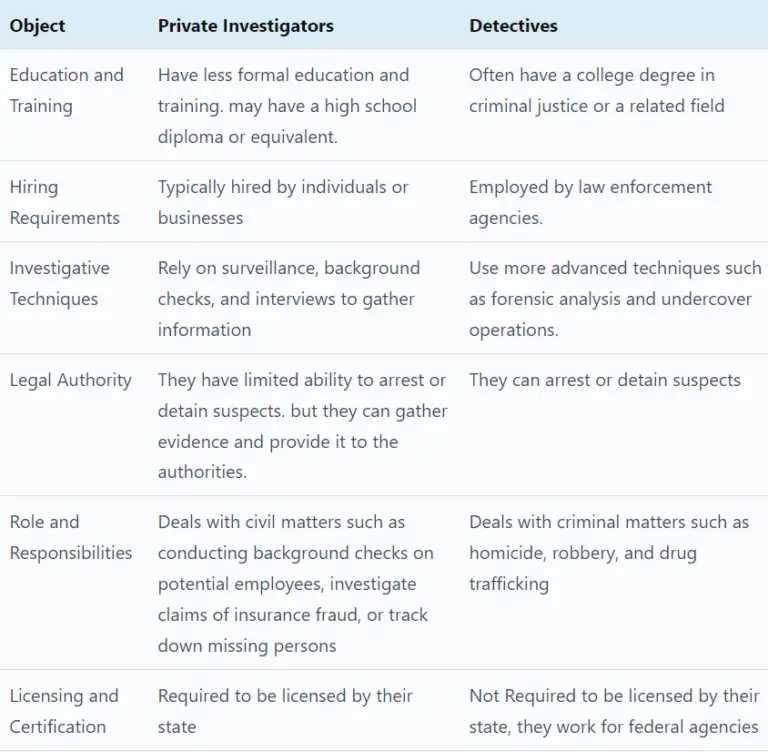This guide breaks down every important thing you need to know about FOB in shipping.
The aim here is to make sure you understand FOB in shipping by using simple terms
Here I will take you through
- meaning of fob in shipping
- FOB shipping process
- Types of FOB contracts
- Seller’s Obligations in FOB shipping
- Buyer’s Obligations in FOB shipping
- Time of Payment in FOB shipping
- Inspection of goods in FOB shipping
- Delivery of goods in FOB shipping
- Title of Goods in FOB shipping
- Risk of loss in FOB shipping
- How FOB contract is carried out in shipping?
- etc.
Let’s dive right in
Transform Your Communication, Elevate Your Career!
Ready to take your professional communication skills to new heights? Dive into the world of persuasive business correspondence with my latest book, “From Pen to Profit: The Ultimate Guide to Crafting Persuasive Business Correspondence.”
![What is FOB in shipping 2025? [Guide +examples] 2 from pen to profit 3D mult](https://sherianajamii.com/wp-content/uploads/2023/10/from-pen-to-profit-3D-mult-1280x774.png)
What You’ll Gain:
What is FOB in shipping?
FOB is an acronym in shipping trade that refers to ‘Free on Board’.
Free onboard means that the seller (the shipper) is ready to put goods on board at his own expense but the goods on board will be at the risk of the buyer whether damaged or lost on the journey
FOB in shipping is like a game of tag, and the person who has “it” has to bear responsibility for all costs and risks relating to the goods
The seller is responsible for all costs concerning the goods until the goods have passed the ship’s rail.
As soon as the seller places its goods onto the ship, it has “tagged” the buyer.
The buyer is responsible for all costs after that point.
FOB shipping process
![What is FOB in shipping 2025? [Guide +examples] 3 fob process](https://sherianajamii.com/wp-content/uploads/2022/09/FOB-Incoterms_-What-FOB-Means-and-Pricing-Guided-Imports.png)
The FOB shipping processes include; You buy a good from overseeing eg. You buy a car from Japan and you agree to ship it on FOB terms, Your car is taken to the port by the seller, Your car is loaded into the shipping vessel After that, you are responsible for all subsequent cost
Types of FOB Contracts
Generally, there are three types of FOB contracts which are the classic FOB, strict FOB, and extended FOB or FOB with additional services
Classic FOB
Classic FOB is the type of FOB shipping whereby the buyer selects the ship for the seller to load his goods, and on behalf of the buyer, the seller loads the goods on board and sends the bill of lading to the buyer.
For example, when you have purchased a car from Japan through let’s say befoward.jp and you have agreed that your car should be shipped through classic FOB terms, here you will select the ship to carry your car and the seller will load your car to the hip you selected and send to you a bill of lading.
Strict FOB
This is strict as it sounds:
In strict FOB the buyer hires the forwarding agent of his choice at the port where the goods will be loaded, the agent will book the space and secure a bill of lading for the buyer.
In the strict FOB, the seller discharges his duty by putting the goods on board, getting the mate’s receipt, and handing it to the forwarding agent to enable him to obtain the bill of lading.
Technically I can say that in strict FOB the buyer ships his goods by himself.
Let’s use the car purchase example for more illustration:
While with classic FOB the buyer will only select the ship to load his car and the seller will do the rest, in Strict FOB the buyer or his agent (not the seller) make all the arrangements to ship the car including book the board space and procuring a bill of lading. The seller’s duty is to put the car onboard only.
Extended FOB or FOB with additional services
In Extended FOB the seller acts as an agent of the buyer. Here the seller makes all necessary arrangements for shipping the goods including selecting the ship and entering into the carriage contract.
It is also called FOB with additional services because the seller may have a duty to secure the insurance of the buyer’s goods.
Seller’s Obligations in FOB shipping
- To cover the cost of delivery to the ship’s rails at the port of shipment
- To obtain an Export license
- To deliver the necessary documents for the buyer to get the goods
- To cover all other costs before the goods are loaded onto the vessel
Buyer’s Obligations in FOB shipping
- To nominate the port of shipment. The port of shipment is usually designated in the contract of sale. The contract will often state this precisely (e.g. FOB Liverpool). But it may give alternatives (e.g. FOB Hull, Liverpool or London) or a range of ports (e.g. FOB Danish ports).
- To cover the Cost of goods sold
- To obtain an Import license
- To cover the cost of shipment from the port of shipment to the final destination
- Insurance is not required, but the buyer may purchase coverage
- To cover all other costs after the goods are loaded onto the vessel
Time of Payment in FOB shipping
The timing of payment in FOB transactions is left open to the contracting parties
Payment can be effected upon delivery and inspection of goods to the port of shipment, upon arrival at the destination, or in any manner the parties choose.
Inspection of goods in FOB shipping
The buyer is permitted to conduct a pre-shipment inspection of the goods after the seller has loaded them onto the vessel
However, since this inspection comes after the seller has loaded the goods on the ship, the buyer must take on all costs of the inspection
Delivery of goods in FOB shipping
The buyer takes delivery of the goods at the port of shipment agreed upon in the contract
The buyer takes delivery as soon as the goods are loaded on the vessel, not when the goods arrive in the buyer’s destination port
Risk of loss in FOB shipping
Risk of loss hinges on the delivery of goods, which occurs when the seller’s goods across the rail of the vessel at the port of shipment
The risk of loss is on the seller up to the point where the seller delivers the goods at the port of shipment
The risk of loss is on the buyer at all times after the seller has delivered the goods
The buyer can opt to purchase insurance, but it is not a necessary feature of the FOB transaction
Title of Goods in FOB shipping
Transfer of possession of the goods, from the seller to buyer, occurs at the ship’s rails
The buyer can request, at the seller’s expense, title to documents, bills of lading, and other papers concerning the goods and their shipment
How FOB contract is carried out in shipping?
The term FOB is carried in different ways when it comes to shipping. The common FOB terms which appear in shipping documents include FOB (place of shipment), FOB (place of destination), and FOB (vessel).
- FOB (place of shipment) means the seller must ship the goods from that place and bear the expense and risk of putting the goods into the possession of the carrier.
- FOB (place of destination) means the seller must transport the goods and deliver them at that place, at the seller’s own risk and expense
- FOB (vessel) – buyer names the ship upon which the seller must load its goods, at the seller’s own expense
Conclusion
My aim here was to enable you to understand what is FOB in shipping in simple language.
Hope you have found this post useful in understanding the basics of FOB in shipping.
Read also
![What is FOB in shipping 2025? [Guide +examples] 1 meaning g of FOB, fob meaning, what is FOB in shipping](https://sherianajamii.com/wp-content/uploads/2020/10/What25252Bis25252BFOB25252Bin25252Bshipping_.png)


![How long it takes to become a lawyer? [timeline breakdown] 6 How long it takes to become a lawyer, timeline to become a lawyer, timeline of becoming a lawyer](https://sherianajamii.com/wp-content/uploads/2023/01/How-long-it-takes-to-become-a-lawyer-768x576.png)